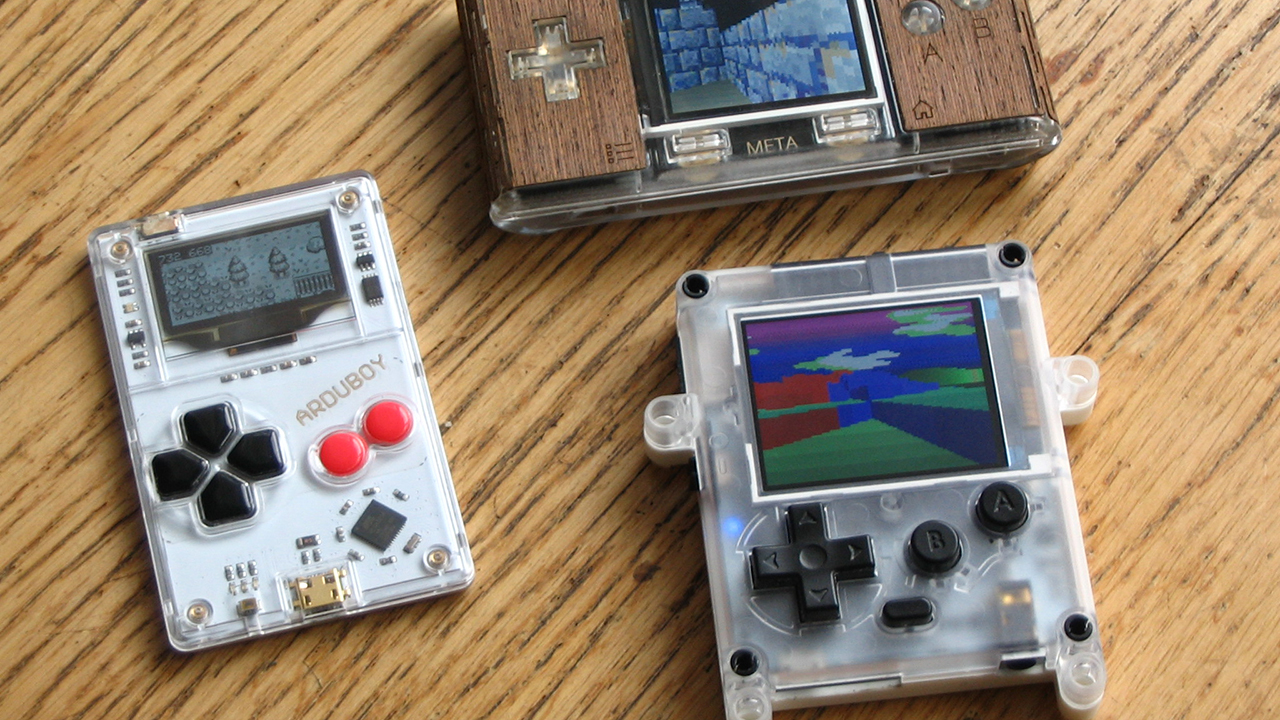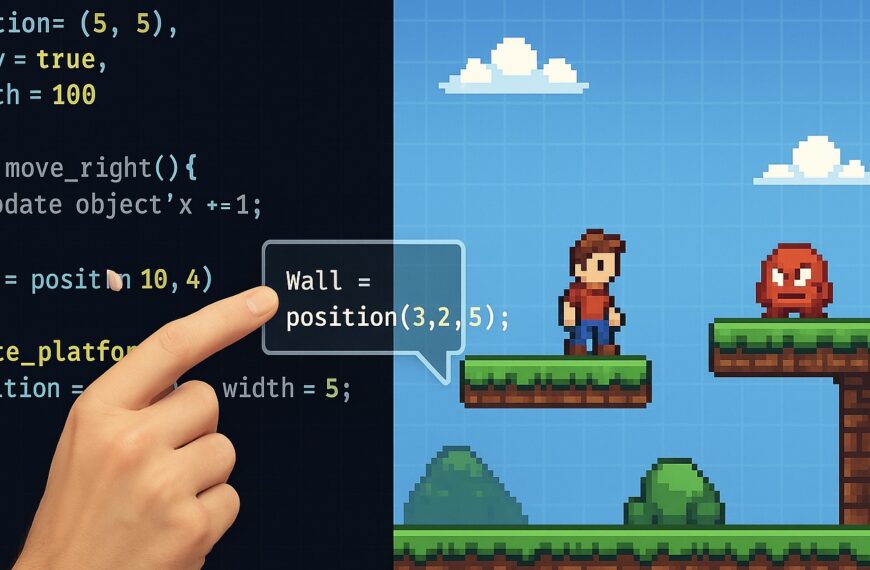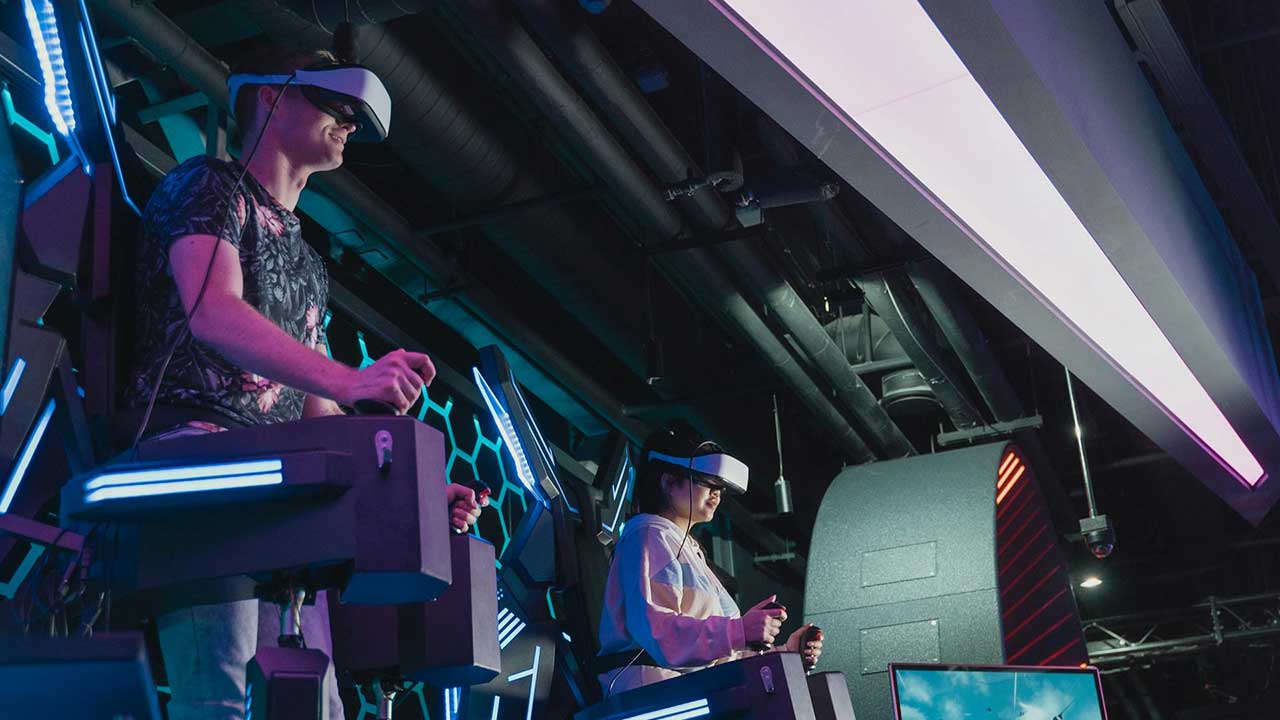As gaming continues to evolve, developers are beginning to experiment with neurofeedback—a technology that uses real-time brain data to alter gameplay. Rather than relying solely on a controller, players can influence the game world through concentration, relaxation, or emotional states, bridging neuroscience with interactive entertainment.
From Brainwaves to Game Mechanics

Neurofeedback works by monitoring brain activity through EEG sensors and feeding that data back into a system. In gaming, this means player focus or stress levels can dynamically adjust the environment, enemies, or narrative pacing. A recent industry breakdown explores how developers are leveraging this to build games that adapt in real-time to how players feel, not just what they do.
The Research Behind the Trend
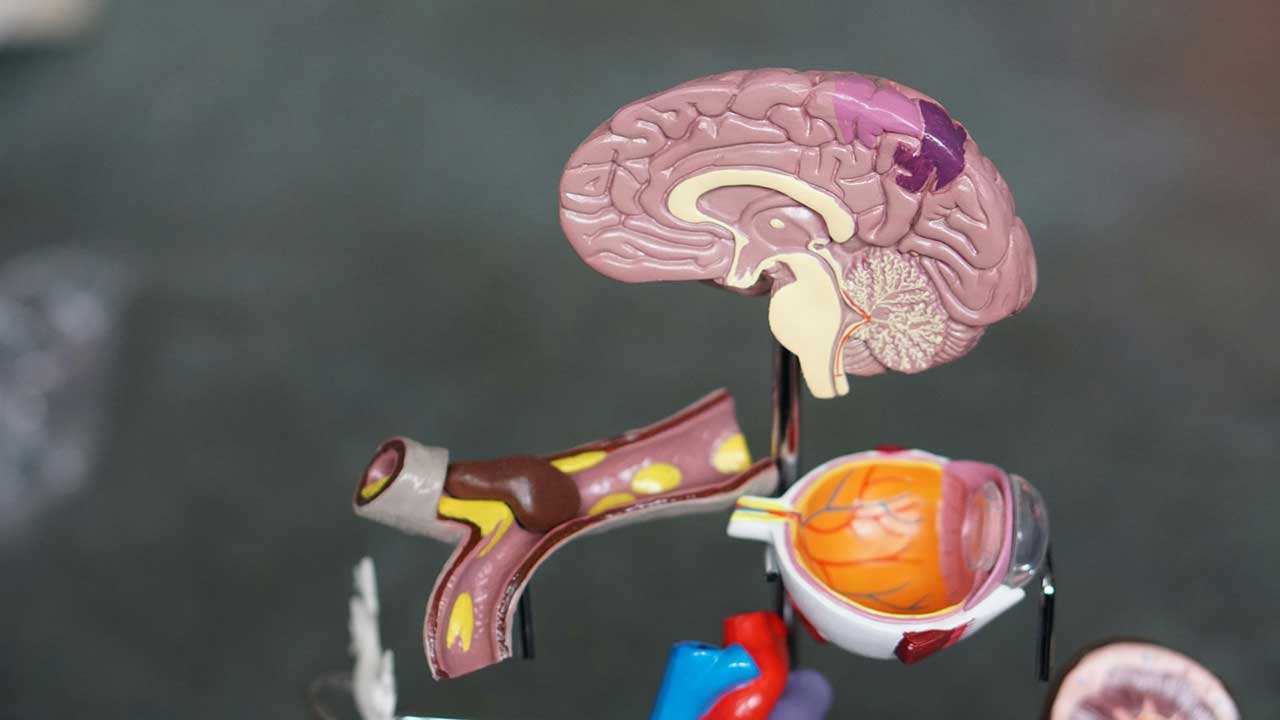
While still in its early stages, neurofeedback gaming is supported by academic research. A survey of EEG-based games published in the IET Digital Library outlines both the technical progress and remaining limitations. Meanwhile, a systematic review of EEG-integrated serious games found increasing interest in combining biometric feedback with interactive design, especially for therapeutic applications.
Military and Medical Interest

Beyond entertainment, neurofeedback gaming has attracted interest from sectors like healthcare and defense. The Pentagon has explored whether brain-controlled games could be used to help soldiers manage PTSD, as highlighted in a feature by Wired. These titles don’t just react to a player—they aim to train them, helping improve focus or reduce anxiety through measured engagement.
Practical Challenges

Despite the promise, developers face practical hurdles. EEG hardware remains expensive and sometimes uncomfortable. Interpreting raw brain signals also requires sophisticated algorithms, and ensuring meaningful feedback loops without overwhelming the player is no small task. As experts in cognitive therapy have noted, neurofeedback is powerful, but it needs to be carefully framed to be effective.
What Comes Next
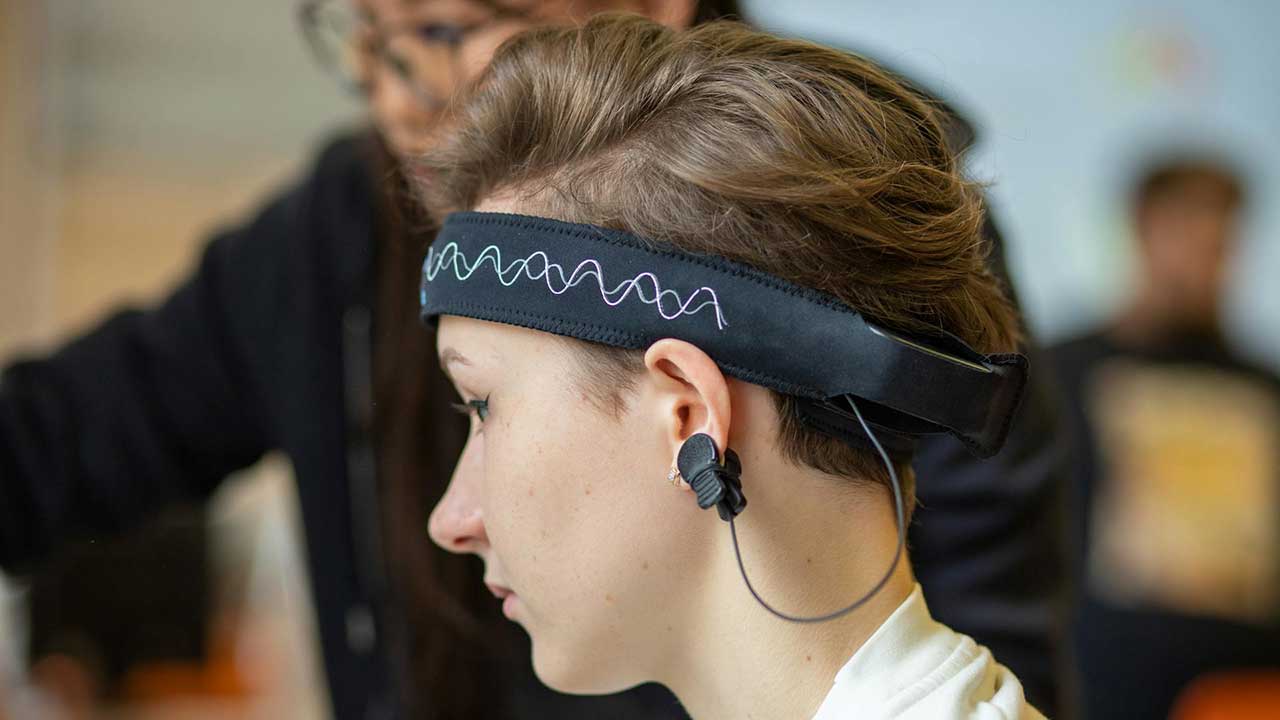
Still, the momentum is there. As EEG sensors become more affordable and machine learning models more refined, the idea of games that listen to your brain—and evolve based on it—is shifting from science fiction into practice. For developers looking to push immersion and player agency further than ever, neurofeedback might quietly be the next big step.
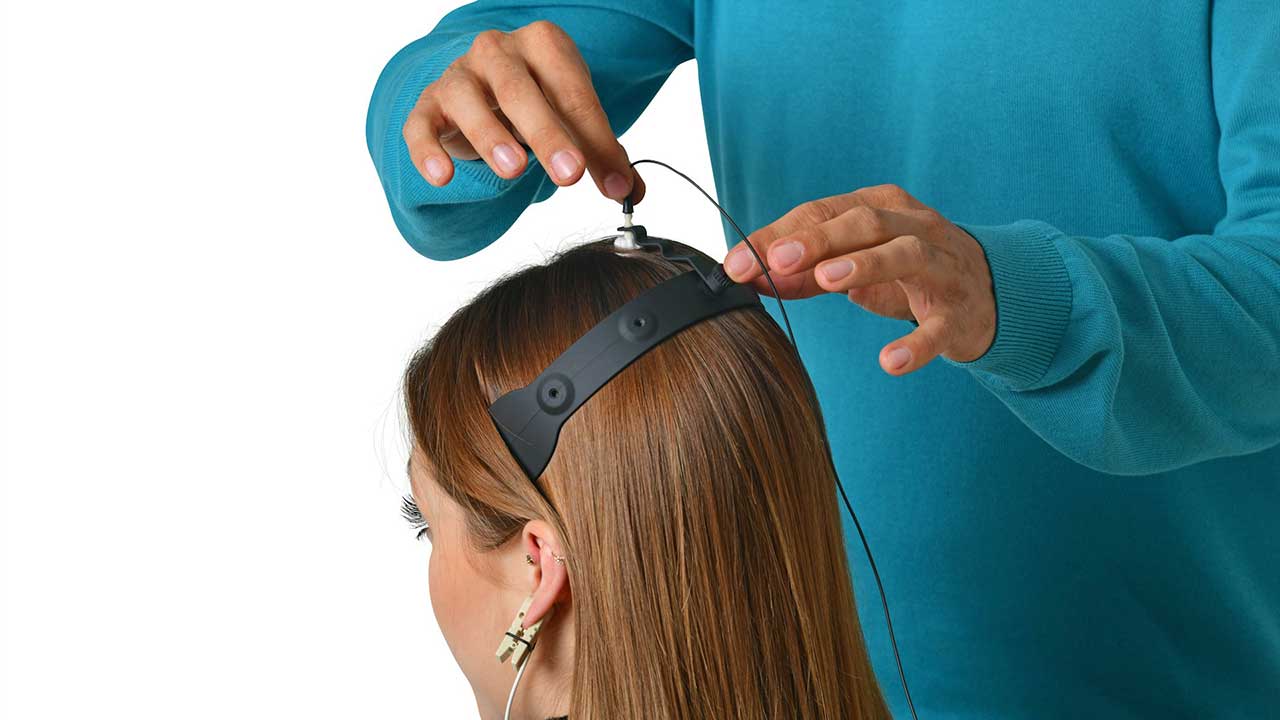

 By
By








